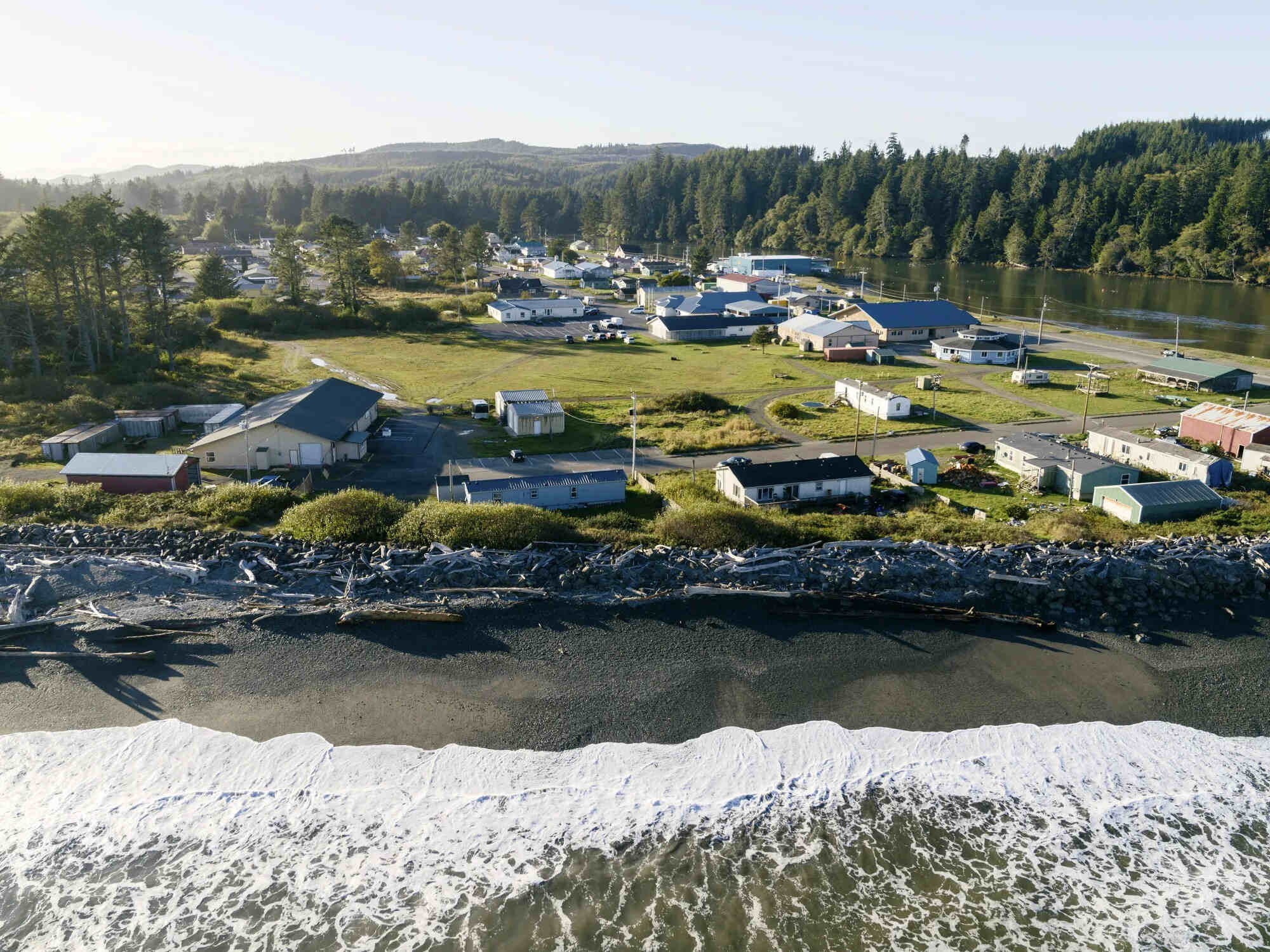Lost Indigenous Villages Of Washington’s Olympic Peninsula

Imagine stepping back in time to a place where lush forests meet rugged coastlines, and whispers of ancient stories linger in the air. Washington's Olympic Peninsula is home to hidden treasures—lost indigenous villages that once thrived in harmony with nature. These villages, nestled among towering trees and misty shores, hold secrets of the past waiting to be uncovered. As you wander through this enchanting landscape, you'll find traces of the rich cultures that called this land home for centuries. From intricate carvings to sacred sites, each piece tells a story of resilience and connection to the earth. Whether you're a history buff or just curious, exploring these forgotten places offers a glimpse into a world where nature and culture intertwined seamlessly. Join us on a journey to rediscover the lost indigenous villages of the Olympic Peninsula, where every step brings you closer to the heart of history.
Discovering the Hidden Past of Washington's Olympic Peninsula
Washington's Olympic Peninsula is a place of stunning natural beauty, but it also holds secrets of ancient cultures. Hidden within its dense forests and rugged coastlines are the remnants of lost indigenous villages. These places tell stories of the people who once thrived here, living in harmony with the land and sea. Let's uncover some of these fascinating sites.
1. Ozette Village
Once a bustling Makah settlement, Ozette Village is a treasure trove of history. Located on the western coast, it was buried by a mudslide over 300 years ago. Archaeologists have uncovered thousands of artifacts, offering a glimpse into the daily lives of its inhabitants. The site is now part of the Ozette Indian Reservation, where visitors can learn about Makah culture and history.
2. Tse-whit-zen Village
Tse-whit-zen, near Port Angeles, was a significant Lower Elwha Klallam village. Rediscovered during construction in 2003, it revealed a wealth of artifacts and remains, shedding light on a community that thrived for thousands of years. The site is a testament to the resilience and ingenuity of the Klallam people.
3. Hoko River Village
Nestled along the Hoko River, this ancient village was home to the Makah people. Excavations have revealed tools, fish traps, and other artifacts dating back over 2,500 years. The Hoko River Archaeological Site provides insight into the sophisticated fishing techniques and resource management of its inhabitants.
4. Jamestown S'Klallam Village
Located near Sequim, the Jamestown S'Klallam Village was a vibrant community before European contact. The S'Klallam people were skilled fishermen and traders, with a rich cultural heritage. Today, the Jamestown S'Klallam Tribe continues to preserve their traditions and share their history with visitors.
5. Quinault Village
The Quinault people have lived along the shores of Lake Quinault for centuries. Their village was a hub of activity, with longhouses, canoes, and intricate carvings. The Quinault Indian Nation now manages the area, offering cultural tours and educational programs to honor their ancestors and keep their stories alive.
6. Skokomish Village
Situated near the Hood Canal, the Skokomish Village was a thriving community known for its basket weaving and woodworking. The Skokomish people have a deep connection to the land and water, which is reflected in their art and traditions. Visitors can explore the Skokomish Reservation and learn about their enduring legacy.
7. Suquamish Village
The Suquamish people, led by Chief Seattle, once called this village home. Located on the Kitsap Peninsula, it was a center of trade and diplomacy. The Suquamish Museum offers a glimpse into their rich history, showcasing artifacts and stories of a people who played a pivotal role in the region's history.
Preserving the Legacy of Washington's Indigenous Villages
Washington's Olympic Peninsula holds a rich tapestry of Indigenous history. These lost villages tell stories of resilience, culture, and community. As we learn about these places, it's vital to honor and preserve their legacy. Recognizing the significance of these sites helps us understand the deep connection between the land and its original inhabitants. Efforts to protect these areas ensure that future generations can appreciate their historical and cultural importance. By supporting initiatives that safeguard these sacred lands, we contribute to a broader understanding of Indigenous heritage. Visiting these sites with respect and curiosity allows us to connect with the past in meaningful ways. Let's continue to celebrate and protect the stories of these villages, ensuring they remain a vibrant part of our shared history. Through education and awareness, we can help keep the spirit of these communities alive for years to come.

